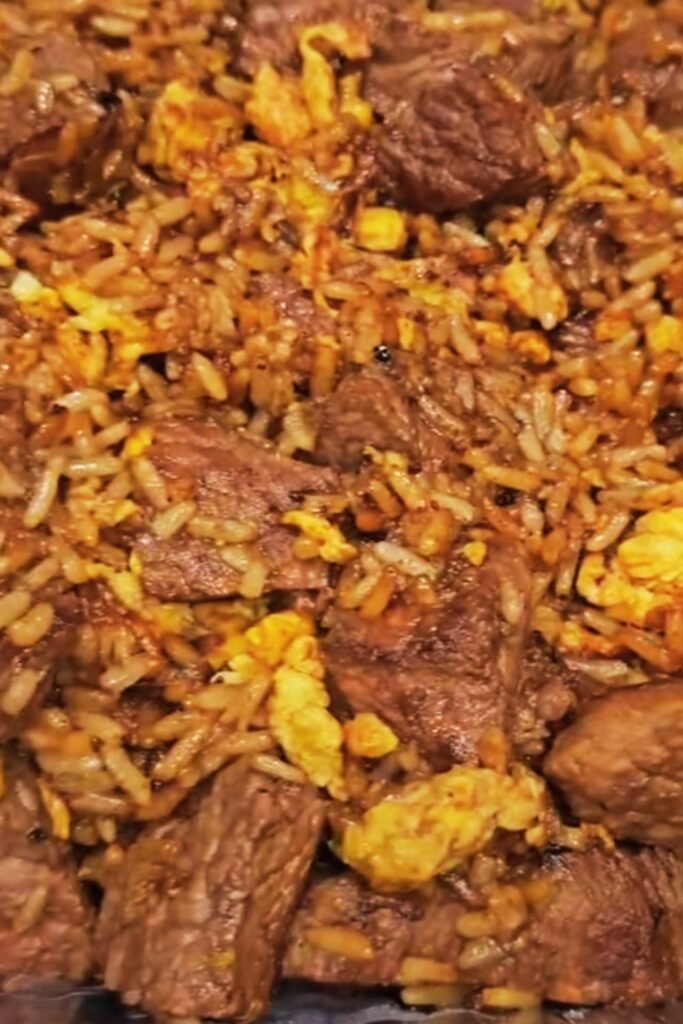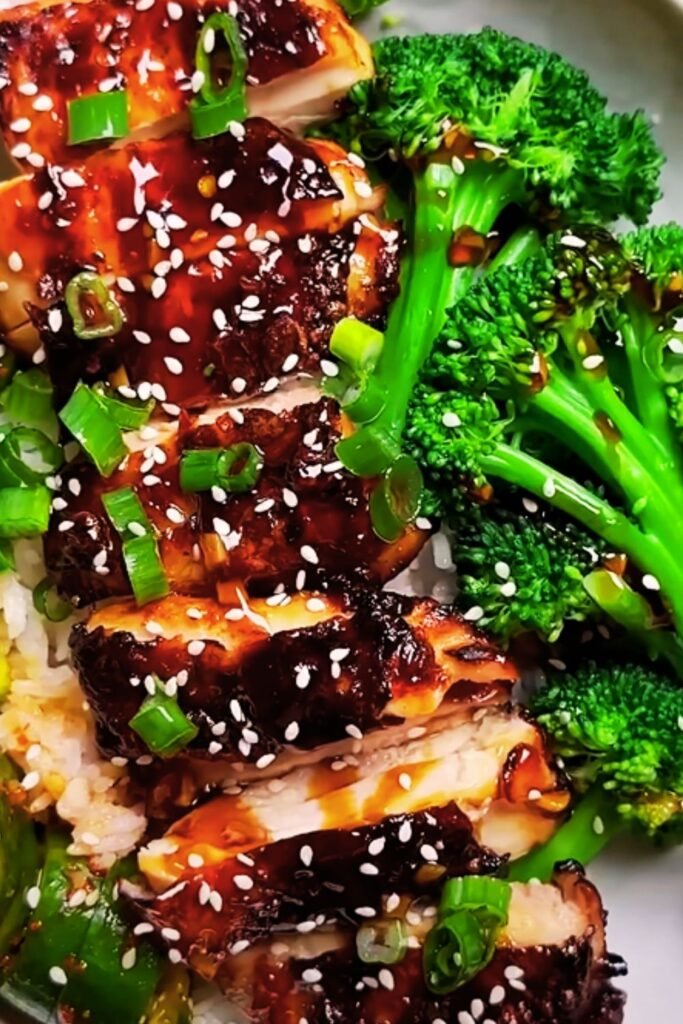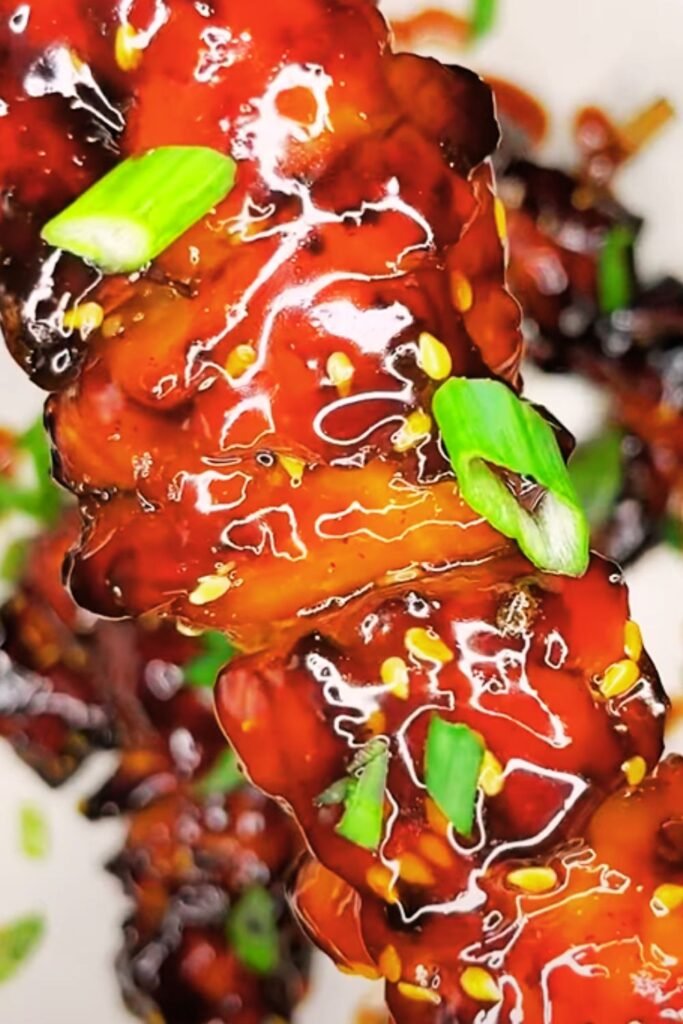Have you ever sat at a hibachi restaurant, mesmerized by the chef’s spectacular performance while cooking the most tender, flavorful steak you’ve ever tasted? I certainly have, and for years I wondered if I could recreate that magic in my own kitchen. After countless attempts, numerous cookbooks, and even a few conversations with professional hibachi chefs, I’m thrilled to share that yes—you absolutely can prepare restaurant-quality hibachi steak at home!
In this comprehensive guide, I’ll walk you through everything you need to know about making perfect hibachi steak. From selecting the right cut of meat to mastering that signature sizzle, you’ll soon be impressing family and friends with your hibachi prowess.
What Exactly Is Hibachi Steak?
Before diving into the cooking process, let’s clarify what we mean by “hibachi.” In Japanese cuisine, a traditional hibachi is actually a heating device—a charcoal-filled container used for warming rooms. What we commonly refer to as “hibachi” in the West is more accurately called “teppanyaki,” which involves cooking on a flat iron griddle.
Hibachi steak as we know it consists of thinly sliced beef cooked at high temperatures on a flat cooking surface, seasoned simply yet effectively, and often served with a combination of vegetables, fried rice, and signature dipping sauces.
Selecting the Perfect Cut of Beef
The foundation of exceptional hibachi steak lies in choosing the right cut of meat. While hibachi restaurants often use different cuts based on price points, I’ve found these options work best for home cooking:
- Ribeye: My personal favorite for hibachi cooking. The marbling provides incredible flavor and tenderness.
- New York Strip: Offers a good balance of flavor and texture with slightly less fat than ribeye.
- Filet Mignon: For a luxurious experience, filet delivers unmatched tenderness (though with less inherent flavor).
- Sirloin: More economical but still delicious when prepared correctly.
Whatever cut you choose, I recommend selecting steaks that are 1 to 1.5 inches thick. For the best flavor and texture, opt for USDA Choice or Prime grades when your budget allows.
Essential Equipment for Hibachi Cooking
While professional chefs work with large teppanyaki grills, you can achieve similar results at home with the right equipment:
Primary Cooking Surface Options:
- Cast Iron Griddle: My top recommendation for home cooks. It retains heat beautifully and develops excellent flavor.
- Large Cast Iron Skillet: Works well if you don’t have a griddle.
- Electric Griddle: Convenient and provides consistent temperature control.
- Blackstone Griddle: Perfect for outdoor cooking and larger quantities.
Other Essential Tools:
- Two metal spatulas (for the authentic hibachi flipping and cutting technique)
- Oil dispenser bottle
- High-temperature meat thermometer
- Small spray bottle for water (to control flames and create steam)
The Secret Hibachi Steak Marinade
While restaurant hibachi chefs often season the meat directly on the grill, I’ve found that a brief marinade significantly enhances the flavor. Here’s my tried-and-true hibachi steak marinade that rivals any restaurant version:
| Ingredient | Amount | Purpose |
|---|---|---|
| Soy sauce | 1/4 cup | Base flavor and salt |
| Sake or dry white wine | 2 tablespoons | Tenderizes and adds depth |
| Sesame oil | 1 tablespoon | Nutty undertone |
| Fresh ginger, grated | 1 tablespoon | Aromatic zest |
| Garlic, minced | 3 cloves | Savory foundation |
| White pepper | 1/2 teaspoon | Subtle heat |
| Sugar | 1 teaspoon | Balances flavors and helps with caramelization |
| Onion, grated | 2 tablespoons | Natural tenderizer and sweet notes |
Simply combine all ingredients in a bowl, add your sliced steak, and marinate for 30 minutes to 2 hours. Avoid marinating longer as the soy sauce can break down the meat too much and make it mushy.
Preparing Your Steak for Cooking
Proper preparation before hitting the griddle makes all the difference:
- Remove steaks from refrigeration 30 minutes before cooking to bring them closer to room temperature
- If you’ve marinated the meat, pat it dry with paper towels (this ensures proper searing rather than steaming)
- Slice the steak into 1-inch cubes or thin strips about 1/4 inch thick—I find this size perfect for quick, even cooking
- Prepare your vegetables and other accompaniments before starting the cooking process
The Hibachi Cooking Technique
Now for the exciting part—cooking your hibachi steak to perfection! Here’s my step-by-step approach:

- Preheat your cooking surface: Heat your griddle or pan to high heat (450-500°F). It should be hot enough that water droplets dance and evaporate immediately.
- Oil your cooking surface: Using your oil dispenser, add a thin layer of high smoke-point oil like avocado, grapeseed, or peanut oil.
- Cook vegetables first: If preparing a full hibachi meal, cook vegetables before the steak and set aside (they take longer and won’t contaminate your cooking surface with meat juices).
- Add the steak: Spread the meat in a single layer with space between pieces. Let it cook undisturbed for 1-2 minutes to develop a nice sear.
- The flip and season: Flip the meat pieces using your dual spatula technique. Now add:
- A small pat of butter
- A splash of soy sauce
- A light sprinkle of garlic powder
- White pepper to taste
- Continue cooking: Cook for another 1-2 minutes for medium-rare, longer for more doneness. For thicker cuts, you may need additional time.
- The sizzle finish: For that signature hibachi restaurant finish, sprinkle a few drops of water around the meat to create steam and a satisfying sizzle sound.
Total cooking time will vary based on the thickness of your meat, but typically ranges from 3-5 minutes for thin strips to 8-10 minutes for thicker pieces.
Temperature Guide for Perfect Doneness
For precision cooking, use this temperature chart as your guide:
| Doneness Level | Internal Temperature | Appearance | Texture |
|---|---|---|---|
| Rare | 125°F (52°C) | Very red center | Very soft |
| Medium-rare | 135°F (57°C) | Red center | Tender with resistance |
| Medium | 145°F (63°C) | Pink center | Firmer with some give |
| Medium-well | 150°F (66°C) | Slight pink | Mostly firm |
| Well-done | 160°F (71°C) | No pink | Firm throughout |
I personally prefer hibachi steak cooked to medium-rare or medium to maintain tenderness while developing flavor.
Signature Hibachi Dipping Sauces
No hibachi steak experience is complete without the signature dipping sauces. Here are recipes for the two most popular options:
Ginger Sauce
| Ingredient | Amount |
|---|---|
| Fresh ginger, finely grated | 1/4 cup |
| Soy sauce | 1/4 cup |
| Rice vinegar | 2 tablespoons |
| Lemon juice | 1 tablespoon |
| White onion, finely minced | 2 tablespoons |
| Garlic, minced | 1 clove |
| Sugar | 1 teaspoon |
| Water | 2 tablespoons |
Mix all ingredients in a bowl and let sit for at least 30 minutes before serving to allow flavors to meld.
Yum Yum Sauce
| Ingredient | Amount |
|---|---|
| Mayonnaise | 1 cup |
| Tomato paste | 1 tablespoon |
| Rice vinegar | 1 tablespoon |
| Melted butter | 1 tablespoon |
| Garlic powder | 1/2 teaspoon |
| Paprika | 1/2 teaspoon |
| Sugar | 1 teaspoon |
| Water | 1-2 tablespoons (to adjust consistency) |
Whisk all ingredients together until smooth. Refrigerate for at least 1 hour before serving to allow flavors to develop.
Common Mistakes to Avoid
Through my years of perfecting hibachi steak at home, I’ve made plenty of mistakes. Learn from my experience:
- Overcrowding the cooking surface: This lowers the temperature and causes steaming rather than searing
- Using the wrong oil: Low smoke-point oils like olive oil will burn and taste bitter
- Not getting the cooking surface hot enough: Results in gray, unappetizing meat without proper caramelization
- Slicing the meat too thick: Causes uneven cooking with overdone exteriors and raw interiors
- Overseasoning: The beauty of hibachi is its simplicity—let the meat shine!
- Moving the meat too much: Allow proper contact time for searing before flipping
Complete Hibachi Dinner Menu
For an authentic restaurant-style experience, consider preparing these accompaniments:

Hibachi Vegetables
Typically includes zucchini, onions, mushrooms, and bean sprouts sautéed with butter, soy sauce, and garlic.
Hibachi Fried Rice
Short-grain rice stir-fried with eggs, peas, carrots, and seasonings.
Hibachi Noodles
Yakisoba or thin wheat noodles tossed with a sweet-savory sauce.
Miso Soup
Traditional Japanese soup with tofu, seaweed, and scallions.
Simple Green Salad
With ginger dressing as a refreshing counterpoint.
Serving Suggestions
For the full hibachi experience, presentation matters almost as much as taste:
- Serve food fresh off the griddle directly onto warmed plates
- Arrange components in separate sections of the plate rather than mixing
- Include small dishes of dipping sauces on the side
- Garnish with sesame seeds and thinly sliced scallions
- Provide chopsticks alongside regular cutlery
- Include a steaming cup of green tea to complete the meal
Storing and Reheating Leftovers
If you somehow end up with leftovers, store them properly:
- Refrigerate in airtight containers within 2 hours of cooking
- Separate meat from vegetables for best quality
- Consume within 3-4 days
- Reheat in a hot skillet with a small amount of water to create steam and prevent drying out
- Avoid microwave reheating which can make the meat tough

Health Benefits of Hibachi-Style Cooking
One reason I love hibachi-style cooking beyond the flavor is its relatively healthy preparation method:
- Minimal oil used compared to deep frying
- Quick cooking preserves nutrients in vegetables
- High-heat cooking reduces the need for excessive salt
- Portion control is easier with pre-cut ingredients
- Balanced meal with protein, vegetables, and carbohydrates
Cost Analysis: Restaurant vs. Homemade
I’ve calculated the approximate cost comparison between restaurant hibachi and making it at home:
| Item | Restaurant Cost (per person) | Homemade Cost (per person) |
|---|---|---|
| Hibachi steak entree | $18-30 | $7-12 |
| Appetizers | $8-15 | $3-5 |
| Drinks | $3-8 | $1-2 |
| Tip/service | $5-10 | $0 |
| Total | $34-63 | $11-19 |
By preparing hibachi steak at home, you can enjoy this luxury meal at roughly one-third the restaurant price—plus, you can customize everything to your exact preferences!
Frequently Asked Questions
Q: What’s the difference between hibachi and teppanyaki?
A: Technically, hibachi refers to a traditional Japanese heating device using charcoal. What we call “hibachi” in Western restaurants is actually teppanyaki—cooking on a flat iron griddle. However, the term hibachi has become so widespread in the West that it’s now accepted terminology for this style of cooking.
Q: Can I make hibachi steak without a special griddle?
A: Absolutely! While a flat cooking surface is ideal, you can achieve excellent results with a well-seasoned cast iron skillet. The key is high heat and the right technique rather than specialized equipment.
Q: What’s the best steak cut for hibachi cooking?
A: Ribeye offers the best combination of flavor and tenderness for hibachi cooking due to its marbling. However, New York strip and sirloin are excellent alternatives, while filet mignon provides ultimate tenderness (though with less inherent flavor).
Q: How do I get that smoky flavor without the flames?
A: For home cooking, a few drops of liquid smoke in your marinade can help replicate that characteristic flavor. Additionally, getting your cooking surface extremely hot before adding the meat helps develop those complex flavors through proper caramelization.
Q: Is there a vegetarian alternative to hibachi steak?
A: Yes! For a plant-based option, extra-firm tofu works wonderfully when prepared with the same technique and seasonings. Portobello mushrooms also provide a meaty texture and readily absorb the hibachi flavors.
Q: What makes the rice stick together at hibachi restaurants?
A: The secret is using short-grain or medium-grain rice (like sushi rice) which contains more starch than long-grain varieties. Cooking the rice slightly stickier than normal and using cold, day-old rice for the stir-fry also helps it maintain its structure.
Q: Can I prepare components ahead of time for a dinner party?
A: Absolutely! I often prepare the dipping sauces, slice the vegetables, and marinate the meat up to 24 hours ahead. The actual cooking should be done just before serving, but all the prep work can be completed in advance, making it perfect for entertaining.
Mastering the Hibachi Experience
Preparing restaurant-quality hibachi steak at home is not just about the food—it’s about creating an experience. While you might not be performing spatula tricks or tossing shrimp into guests’ mouths, you can still capture the essence of what makes hibachi dining special.
I’ve found that the key to truly mastering hibachi cooking lies in practice. Each time you prepare this meal, you’ll develop a better feel for the timing, temperature, and techniques that yield perfect results. Start simple with just the steak, then gradually expand your repertoire to include the full array of accompaniments.
Remember that hibachi cooking is meant to be fun—embrace the sizzle, the aromas, and the interactive nature of the meal. Whether you’re cooking for your family on a weeknight or hosting a special gathering, hibachi steak offers an impressive yet accessible way to elevate your home cooking to restaurant quality.
With the techniques and recipes I’ve shared here, you have everything you need to begin your hibachi journey. From selecting the perfect cut of meat to creating those signature flavors and presentation, you now possess the secrets that professional hibachi chefs have honed over decades. The only question that remains is: when will you fire up your griddle and begin?